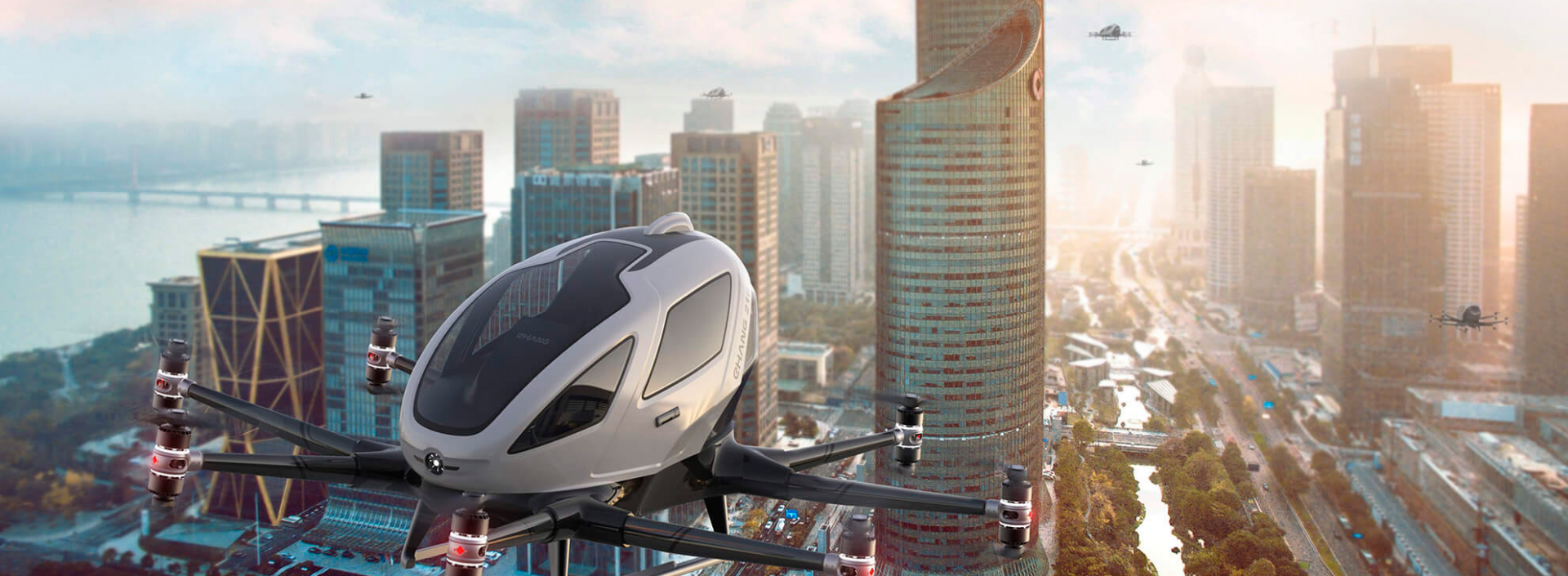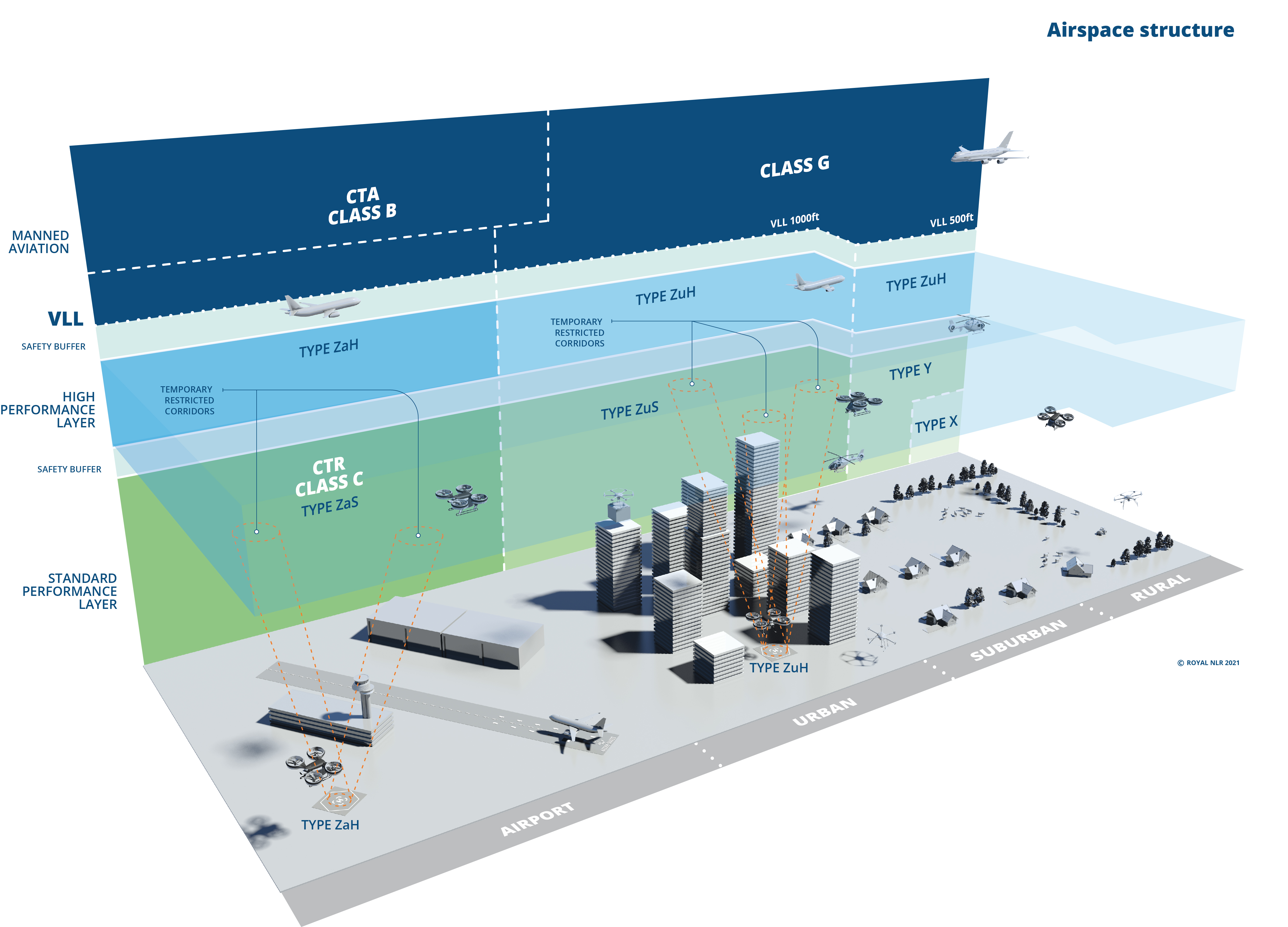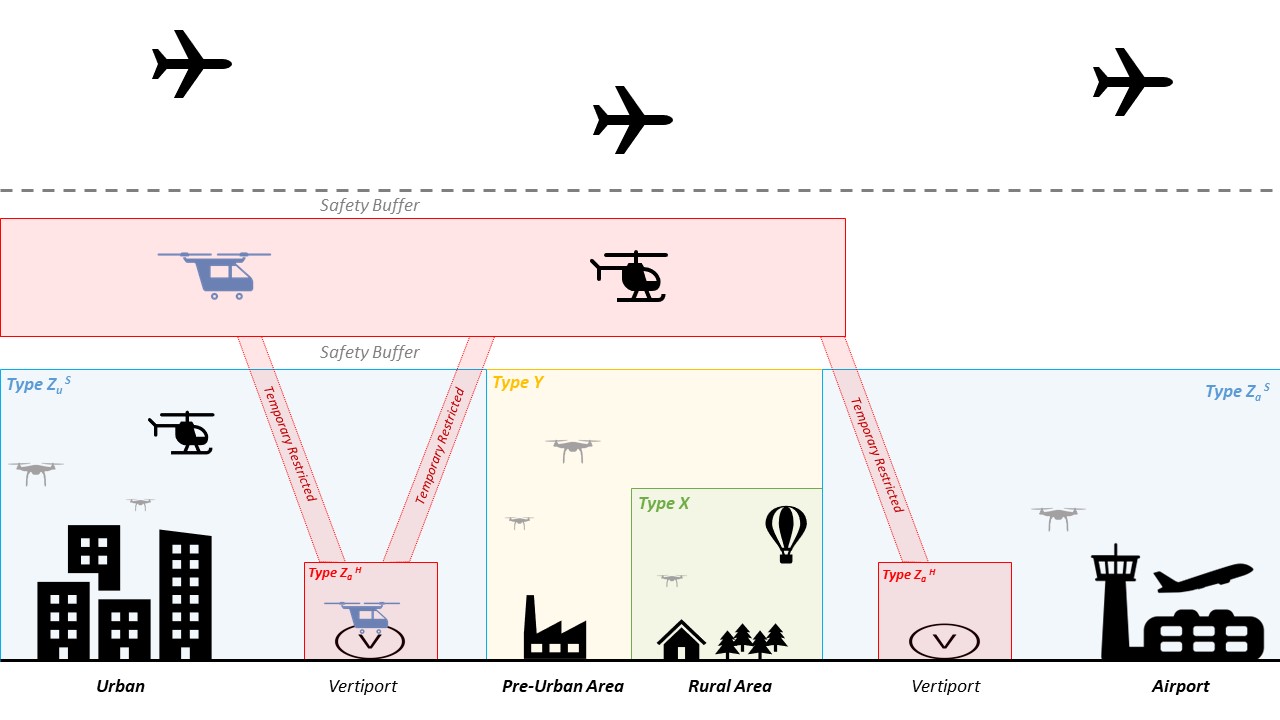AMU-LED is a H2020 project of the European Commission framed in the SESAR program. The objective of AMU-LED is to demonstrate the safe integration of all types of drone operations in urban environments to achieve more sustainable and smart cities.
To achieve this goal, the project will combine multiple use cases, including the transport of passengers through air taxis, the transport and delivery of goods, police surveillance or support for emergency services. AMU-LED will carry out these demonstrations throughout 2022 in three European countries: Spain, the United Kingdom and the Netherlands. The project involves 17 companies and institutions from Europe, the United States and China: Everis (coordinator), Airbus, AirHub, Altitude Angel, ANRA, Boeing R&T-E, FADA-CATEC, Cranfield University, EHang, ENAIRE, Gemeente Amsterdam, Ineco, ITG, Jeppesen, NLR, Space53 and Tecnalia.
The exercises planned within AMU-LED include more than 100 flight hours combining different unmanned aerial systems and consider different scenarios, use cases and applications. Thus, AMU-LED will carry out air taxi operations, cargo transport, delivery of goods and medical equipment, inspection of infrastructures, police surveillance and support for emergency services.
Through real tests and simulations, the project will explore and demonstrate the benefits of decongesting roads thanks to air mobility, as well as improvements in the transport of people.

























